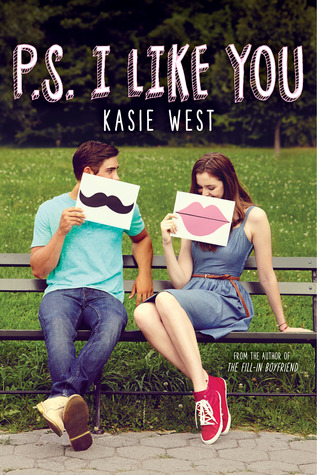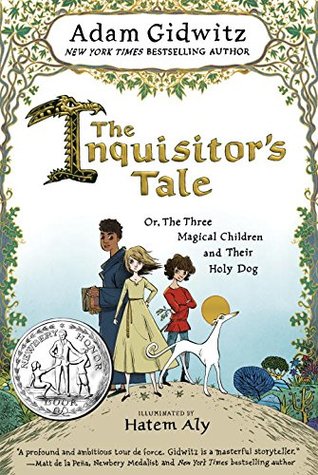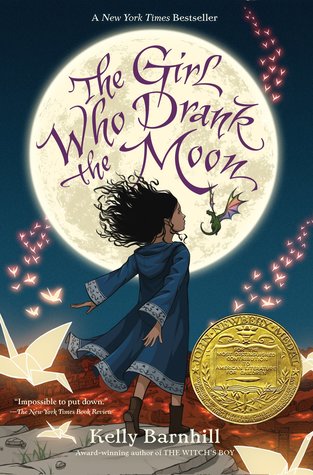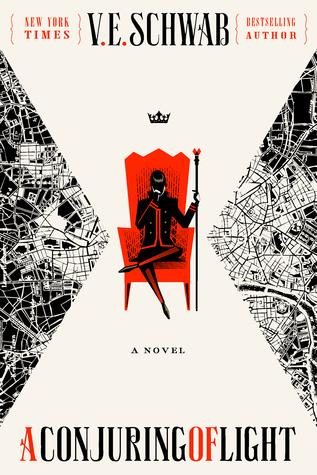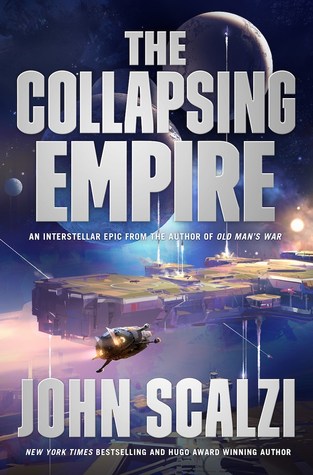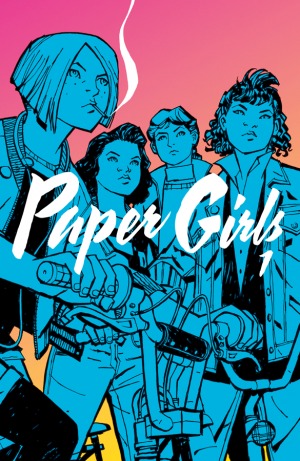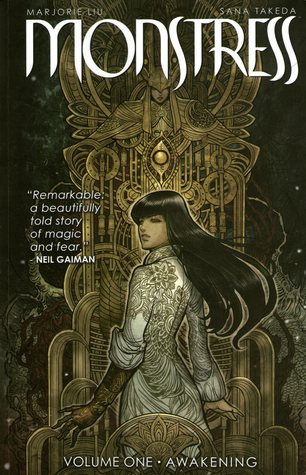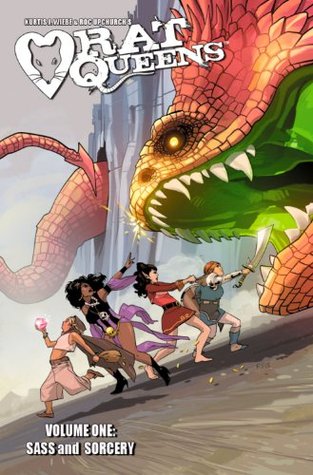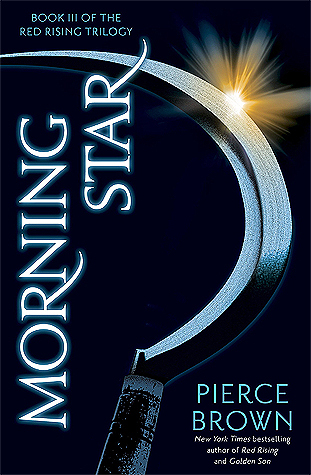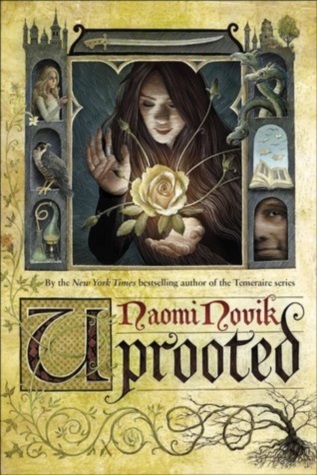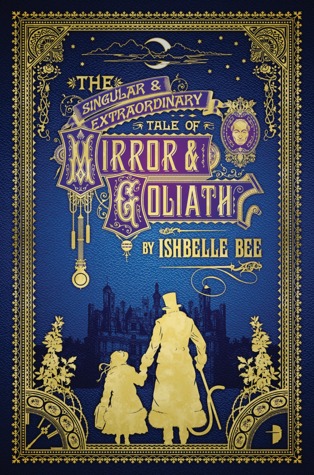 Title:
Title: Asian Pickles: Sweet, Sour, Salty, Cured, and Fermented Preserves from Korea, Japan, China, India, and Beyond
Author: Karen Solomon
Publisher: Ten Speed Press
Publication Year: 2014
Read: 2014-present (future, too, most certainly)
Where It Came From: Digital ARC direct from publisher + hard copy from library
Genre: Cookbook of International Delights
Rating: 5 Happy, Healthy Pickling Beds
Living in Japan cultivated in me a healthy respect for the pickle, far beyond the definition as I came to understand it in my youth (“pickle” being synonymous with “cucumber” to me at the time, and of which there were only the options of dill and sweet). Well, I suppose on my mother’s side of the family we had the purple, Pennsylvania Dutch tradition of pickled eggs, but to my southwestern born-and-bred palate, the color was shocking, as was the thought of a protein rather than the accepted vegetable being the subject of said pickling.
But in Japan, my concepts of what makes a pickle were broadened beyond my wildest dreams. After a trial by fire with umeboshi (seriously, my Western palate ignored the “pickled” part of the translation of “pickled plum,” and focused on the “plum” to expect something sweet. It was not sweet.), it was as if I had survived my hazing to join a not-so-secret society of briny, fermented, vinegary delights. The small side dishes of pickled vegetables to accent the meal became my favorite part of the spread at the dinner table with my host family, and I would question my host mom relentlessly about them. What vegetable? What do I eat it with? Local specialty? Homemade or store-bought? Which is not to say every pickle I encountered in my time living in Japan or in my travels around Asia was exactly to my tastes (I still remember fondly many occasions on the Kyoto city bus when I would suddenly get a hit of a really unpleasant smell and think, “Oh no, farts from strangers,” only to look around and see a little old lady holding a freshly purchased culprit package of some pickled item from the market), but I am rather proud of the fact that I would try at least once nearly anything offered to me.
And after my experiences with Japanese pickles, anything was fair game. Korean banchan! Pickles from Vietnam! I would try all the things!! I loved it all, but it never really occurred to me that these were things I could make at home. Well, it did occur to me, but it seemed like a magical process too esoteric and specialized for me to pull off on my own. Moving back stateside made it much more difficult for me to get my pickle-fix, and my mind turned to making pickles of my own. There were books out there with info about Japanese pickle-making, certainly, but it seemed time-consuming, with considerable expense for materials and special, difficult-to-source ingredients. I tried my hand at some simple Korean pickles, but nothing too complicated. I also made some quick fridge takuan daikon radish pickles for an aunt who enjoys them, but that was about the extent of my experimentation. Overall, I felt kind of blind in my pursuit of pickles like those I ate abroad.
And now we come to the actual book review. I was super excited to hear about Asian Pickles prior to its publication, because a book covering basic pickle traditions from countries across Asia, with an emphasis on accessibility, sounded like just the thing I was looking for. And it did not disappoint! The book covers pickles and pickle-adjacent foods from many Asian countries, from classics to pickles of the author's own creation inspired by the flavors and pickle-making techniques of the country, and from simple pickles with a broad appeal, to more complicated, challengingly flavored ones for those who have reached graduate-level in their pickle studies.
There are chapters devoted to Japan, Korea, China, India, and Southeast Asia (the latter containing recipes from Vietnam, Thailand, the Philippines, Indonesia, and Malaysia). Each chapter opens with a quick, fun look at the history and culture of pickles in that particular place, followed by suggestions and ideas for when and how to serve the pickles that follow, and a primer on basic techniques of pickle-making in the culture in question. And then the recipes, oh delightful recipes! The recipes for each country are divided or categorized in a way that makes sense for them. For example, Japan is divided into traditional recipes, and new recipes inspired by the traditional. India is divided into pickles and chutneys. Korea is divided into kimchis and banchans. And so on. The book is not intended to be a comprehensive treatment of pickles in each culture, but rather to provide an accessible way to bring traditional recipes, flavors, and techniques into your home, and to inspire you in your own creations and further forays into the world of Asian pickles. And accessibility is key to the author—in her introduction, she promises to provide DIY alternatives to special equipment, and to not ask readers to buy special tools or hard-to-find ingredients unless absolutely necessary to the success of a recipe. Any unfamiliar terms or ingredients can be found in the glossary at the back of the book (along with ideas on where you can buy them), and there is also a resource list of books, magazines, and websites for further research.
The writing is easy reading, fun, and humorous, like you’ve got a pickle-making friend who is just chatting with you about a mutual interest, sharing her tips and knowledge (one of my favorite tips—use a teaspoon instead of a potato peeler to peel away the thin skin of ginger and other rhizomes. Genius!). It’s as much fun to simply sit and read as it is to cook from. And the photos are absolutely gorgeous! I was having a Pavlovian response as I paged through the book, admiring the bright colors and imagining the walloping flavor punches packed by the pickles on the page. Overall, a great book and one I will be adding to my personal collection. I think next on my to-pickle list will be the Kyoto-specific, Kyoto-nostalgic senmaizuke , or “Thousand Slices” Turnips from page twenty-four.
*Additional important facts:
- I ate some homemade kimchi before writing this.
- I have a dog named Pickle, completely independent of any love I bear the food of the same name. (She had picked out her name long before I learned the joys of fermented veggies.)
- Once, at a school I was teaching at in Japan, I was very surprised to find a huge glass jar of plums sitting in alcohol on the counter, which the teachers were making into umeshu. No one could understand why I was mildly shocked to find liquor being produced in the teacher’s workroom.
*As ever, much as we are grateful for the copy, our review is uninfluenced by its source.












